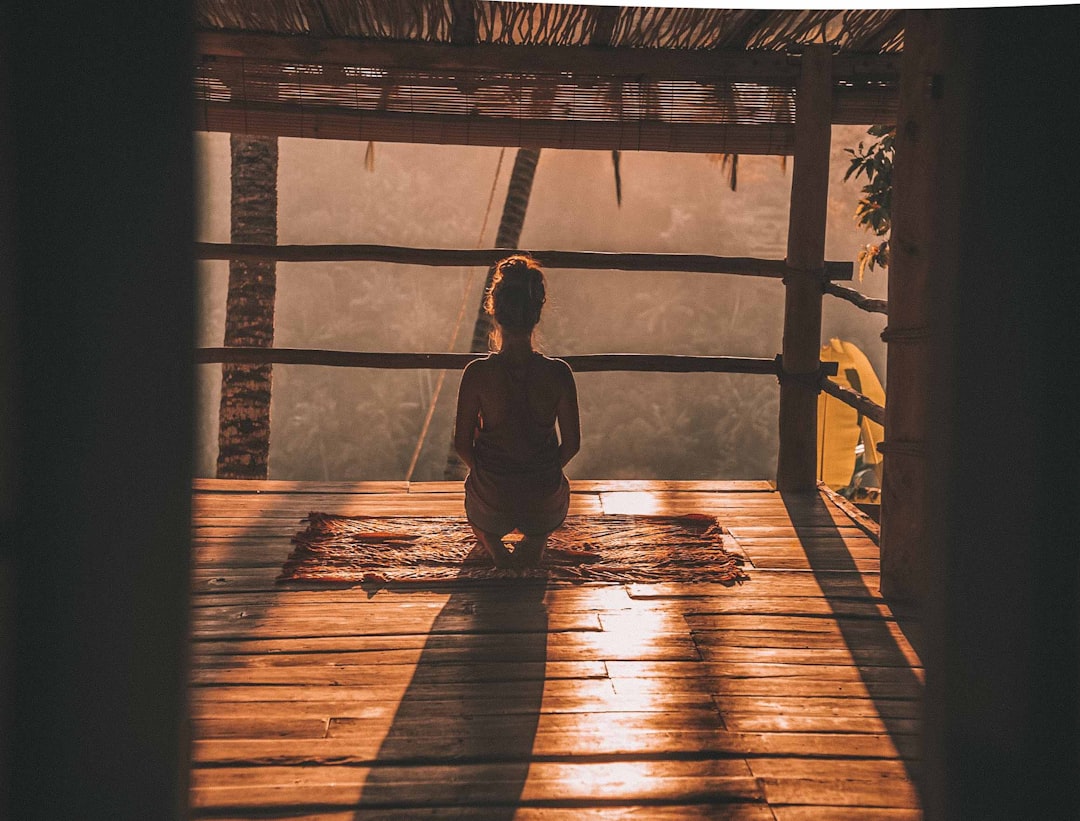It is important to note that while thermal oil systems are normally used at temperatures above flash and flame points, they should never be used beyond auto-ignition temperatures. The auto-ignition temperature of a fluid is the value above which the heat exchange fluid ignites spontaneously when in contact with the air, and no external ignition sources are needed.
Contrary to other systems, thermal oil systems are generally not pressurized. Even if they operate at atmospheric pressure there may be occasional losses. The losses of thermal oil are often located on threaded connections (to avoid), joints, valves and pumps. The fluid pours slowly into weak spots, like a spray or dripping. Upon contact with the air, the hot fluid oxidizes and smokes, much like vegetable oil, when it is overheated on the stove by the kitchen. Thus the losses of heat exchange fluid are much more frequent than producing smoke, rather than flames, even if the fluid is beyond flash and flame points.







